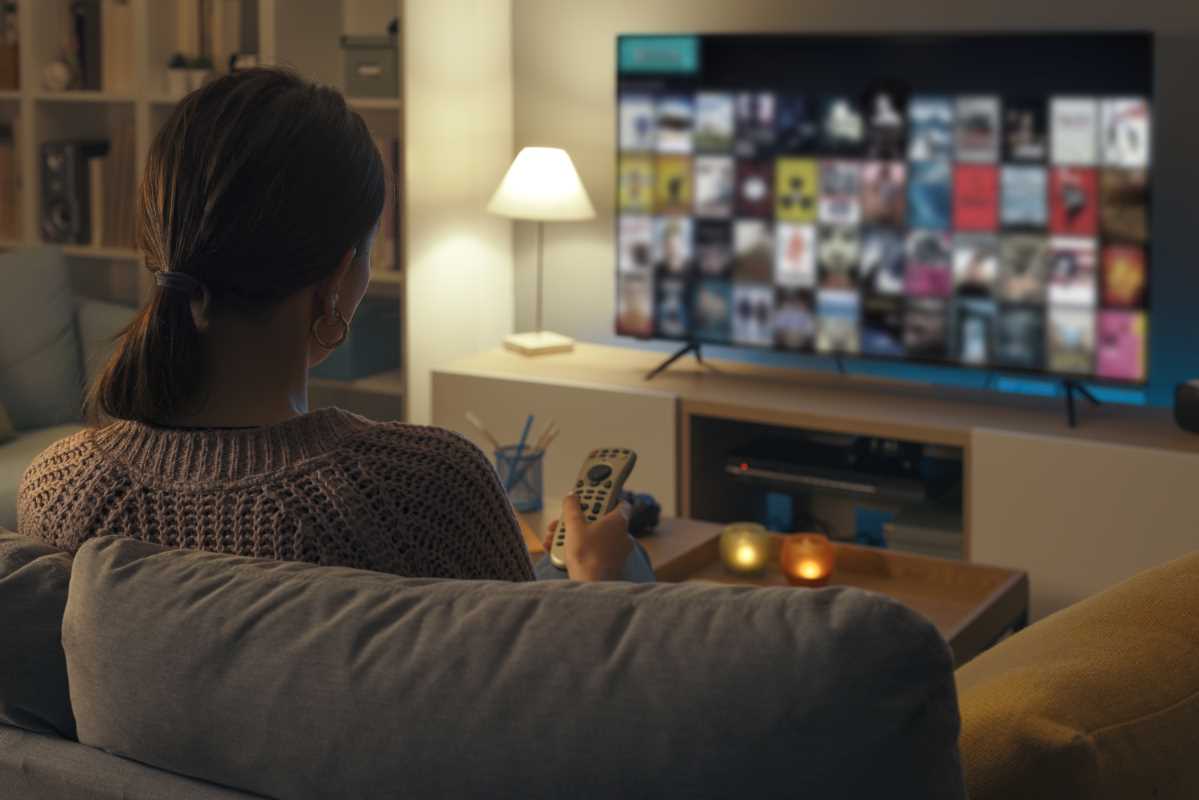Technology promised to make life easier, yet 83% of Americans report being stressed about work, according to the American Institute of Stress. The boundaries between professional and personal life have blurred beyond recognition, leaving millions feeling overwhelmed, exhausted, and disconnected from what matters most.
Work-life balance isn't just about feeling less stressed – though that's certainly important. Research from Harvard Business School shows that employees with healthy work-life integration are 21% more productive, take 66% fewer sick days, and report 40% higher job satisfaction. Your physical health benefits too: chronic work stress increases your risk of heart disease by 40% and contributes to depression, anxiety, and sleep disorders.
You'll discover evidence-based strategies to reclaim control over your time and energy, practical techniques for setting boundaries that actually stick, and proven methods for integrating self-care into even the busiest schedules. The path to balance starts with understanding that small, consistent changes create lasting transformation.
Understanding Modern Work-Life Balance Challenges
The traditional 9-to-5 workday has evolved into an always-on culture where emails arrive at midnight and weekend work feels normal. Remote work, while offering flexibility, has also eliminated the physical separation between office and home, creating new challenges for maintaining boundaries.
The Technology Trap
Smartphones keep you tethered to work 24/7. The average professional checks email every 6 minutes during waking hours, creating constant mental task-switching that exhausts your cognitive resources. This hyperconnectivity doesn't just affect productivity – it rewires your brain to expect constant stimulation, making it difficult to relax or be present with family and friends.
Rising Workplace Demands
Companies are asking employees to do more with fewer resources. The Bureau of Labor Statistics reports that American workers are 400% more productive than they were in 1950, yet work hours have increased rather than decreased. This productivity paradox means you're accomplishing more while feeling increasingly overwhelmed.
Personal Life Pressures
Modern life brings its own complexities. Parents juggle school activities, aging family members need care, and social media creates pressure to maintain an impossibly perfect lifestyle. These competing demands make work-life balance feel like an elusive goal rather than an achievable reality.
The Foundation: Setting Clear Boundaries
Boundaries are the cornerstone of work-life balance, yet many people struggle to establish and maintain them effectively. Strong boundaries protect your time, energy, and relationships while actually improving your professional performance.
Creating Physical Boundaries
Designate a Workspace: If you work from home, create a specific area dedicated solely to work. This physical separation helps your brain shift between work and personal modes. When you leave this space, you're signaling to yourself that work time has ended.
Establish Time Boundaries: Set specific start and stop times for your workday, and communicate these clearly to colleagues and supervisors. Research from the University of Rochester shows that people with defined work hours experience 23% less stress and report better relationships.
Use Technology Mindfully: Turn off work notifications outside business hours. Create separate user accounts on devices if necessary to maintain the separation between work and personal digital spaces.
Setting Emotional Boundaries
Learn to Say No: Every yes to one thing is a no to something else. Practice phrases like "I'd love to help, but I'm not available," or "Let me check my schedule and get back to you." This gives you time to consider whether the request aligns with your priorities.
Manage Others' Expectations: Communicate your availability clearly and consistently. If you don't respond to emails after 6 PM, let people know. Most colleagues will respect boundaries when they understand them.
Protect Your Mental Space: Develop rituals that help you transition between work and personal time. This might be changing clothes, taking a walk, or spending five minutes in meditation.
Prioritization Strategies That Actually Work
Not all tasks are created equal, yet many people treat them as if they are. Effective prioritization reduces stress while increasing your impact and satisfaction.
The Eisenhower Matrix Method
Divide tasks into four categories:
- Urgent and Important: Do immediately
- Important but Not Urgent: Schedule for later
- Urgent but Not Important: Delegate if possible
- Neither Urgent nor Important: Eliminate
This framework helps you focus on what truly matters rather than just what feels pressing. Studies show that people who use systematic prioritization methods complete 25% more high-value work.
The 80/20 Rule Application
The Pareto Principle states that 80% of results come from 20% of efforts. Identify which activities, projects, or relationships generate the most positive impact in your work and personal life. Focus your prime energy on these high-leverage areas.
Time Blocking for Balance
Rather than keeping endless to-do lists, schedule specific times for different types of activities. Block time for deep work, family activities, exercise, and personal interests. Research from Cal Newport shows that people who time-block their schedules accomplish 40% more than those who rely on reactive task management.
The Art of Effective Delegation
Delegation isn't just for managers – it's a crucial skill for anyone seeking better work-life balance. Learning to delegate appropriately reduces your workload while developing others' capabilities.
At Work: Strategic Task Distribution
Identify Delegation Opportunities: Look for tasks that others can do 80% as well as you. Perfectionism often prevents effective delegation. Remember that training someone initially takes time but pays dividends long-term.
Provide Clear Instructions: When delegating, be specific about expected outcomes, deadlines, and quality standards. Check in at agreed-upon intervals rather than micromanaging the process.
Delegate Authority, Not Just Tasks: Give people the power to make decisions within defined parameters. This reduces the number of questions that come back to you.
At Home: Sharing Domestic Responsibilities
Create Fair Distribution: List all household tasks and discuss how to divide them equitably based on each person's schedule, preferences, and capabilities. Include children in age-appropriate responsibilities.
Use Technology for Coordination: Apps like Cozi or Google Calendar help families coordinate schedules, share grocery lists, and track who's responsible for what activities.
Hire Help When Possible: Consider which tasks you can outsource – house cleaning, lawn care, grocery delivery, or meal preparation services. Calculate the cost against the value of your time and stress reduction.
Making Self-Care Non-Negotiable
Self-care isn't selfish – it's essential for maintaining the energy and perspective needed to excel in all areas of life. Research consistently shows that people who prioritize self-care are more productive, creative, and resilient.
Physical Self-Care Fundamentals
Prioritize Sleep: Aim for 7-9 hours of quality sleep nightly. Poor sleep impairs decision-making, emotional regulation, and immune function. Create a consistent bedtime routine and optimize your sleep environment for temperature, darkness, and quiet.
Move Your Body Daily: Exercise doesn't require gym memberships or hour-long workouts. A 20-minute walk, stretching session, or dance break can significantly improve mood and energy levels. Find movement you enjoy rather than forcing activities you hate.
Fuel Yourself Properly: Meal planning and preparation prevent the stress of last-minute food decisions. Batch cooking on weekends can save hours during busy weekdays while ensuring you eat nutritiously.
Mental and Emotional Self-Care
Practice Mindfulness: Even five minutes of daily meditation or deep breathing can reduce cortisol levels and improve focus. Apps like Headspace or Calm provide guided sessions for beginners.
Maintain Social Connections: Relationships require intentional cultivation. Schedule regular time with friends and family, even if it's just a weekly phone call or monthly dinner.
Pursue Personal Interests: Hobbies aren't luxuries – they're necessary for mental health and identity beyond work roles. Whether it's reading, gardening, music, or crafts, personal interests provide fulfillment and stress relief.
Technology Management for Better Balance
Technology can either support or sabotage work-life balance. The key is using it intentionally rather than letting it use you.
Creating Digital Boundaries
Establish Phone-Free Zones: Designate areas or times where devices aren't allowed – during family meals, in the bedroom, or the first hour after waking. These boundaries protect attention and promote presence.
Use Do Not Disturb Functions: Schedule automatic quiet hours on your devices. Most phones allow you to customize which calls or messages can break through during these periods.
Audit Your Notifications: Review every app's notification settings. Do you really need to know immediately when someone likes your social media post? Reduce interruptions to only truly urgent matters.
Leveraging Technology for Efficiency
Automation Tools: Use technology to handle routine tasks. Set up automatic bill payments, grocery delivery subscriptions, or calendar scheduling tools that reduce mental load.
Communication Efficiency: Use project management tools like Slack or Asana to reduce email volume and improve team coordination. Set specific times for checking and responding to messages rather than responding reactively throughout the day.
Time Tracking: Apps like RescueTime or Toggl help you understand how you actually spend time versus how you think you spend it. This awareness enables better decision-making about time allocation.
Building Sustainable Routines
Routines reduce decision fatigue and create structure that supports balance. The key is designing routines that serve your specific needs and circumstances rather than copying someone else's system.
Morning Routines for Success
Start the Day Intentionally: Rather than immediately checking your phone, begin with activities that center and energize you. This might include meditation, journaling, exercise, or simply enjoying coffee in peace.
Prepare the Night Before: Lay out clothes, pack lunches, and review the next day's schedule before bed. Morning preparation reduces stress and creates smoother transitions.
Build in Buffer Time: Don't schedule back-to-back activities. Allow extra time for unexpected delays or transitions between activities.
Evening Wind-Down Practices
Create Closure Rituals: Develop specific actions that signal the end of work time – shutting down your computer, changing clothes, or reviewing accomplishments and tomorrow's priorities.
Limit Stimulating Content: Avoid intense news, work discussions, or stimulating entertainment close to bedtime. Choose calming activities that prepare your mind and body for rest.
Prepare for Tomorrow: Spend 10 minutes organizing your space and reviewing the next day's priorities. This prevents morning stress and helps your mind relax.
 (Image via
(Image via





